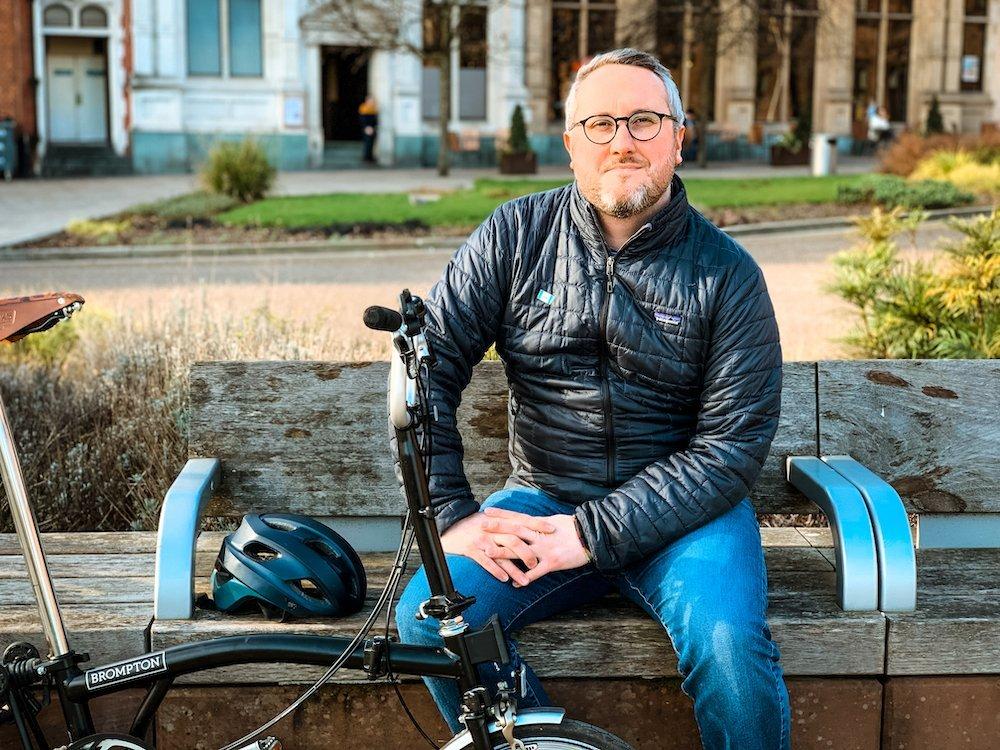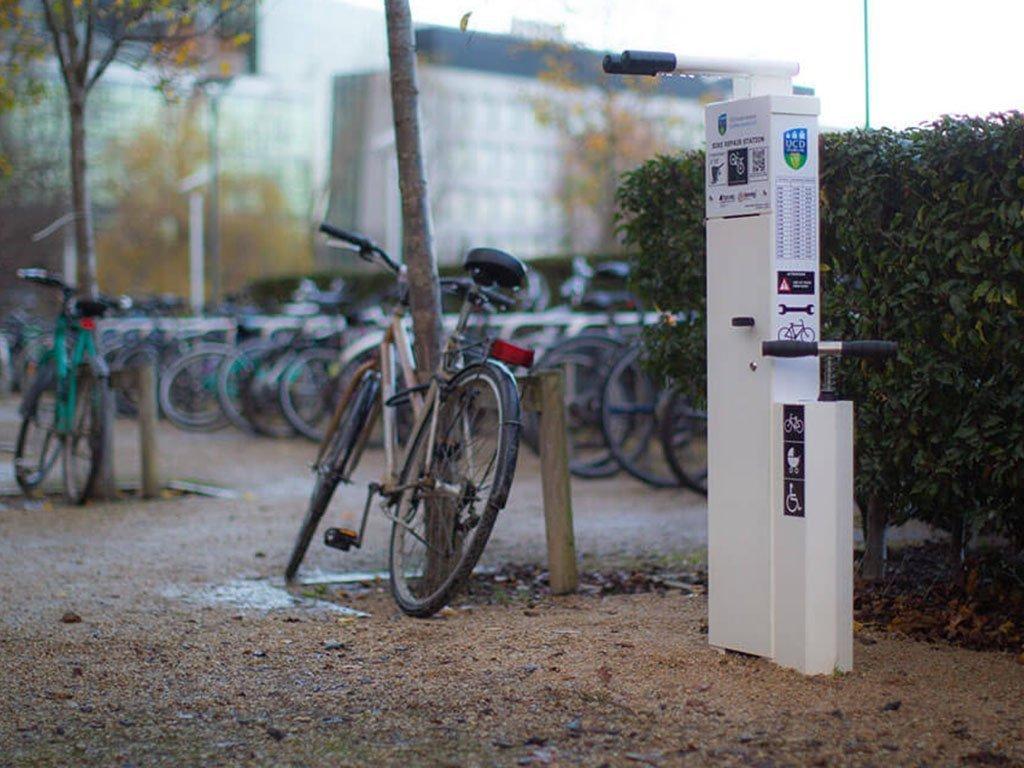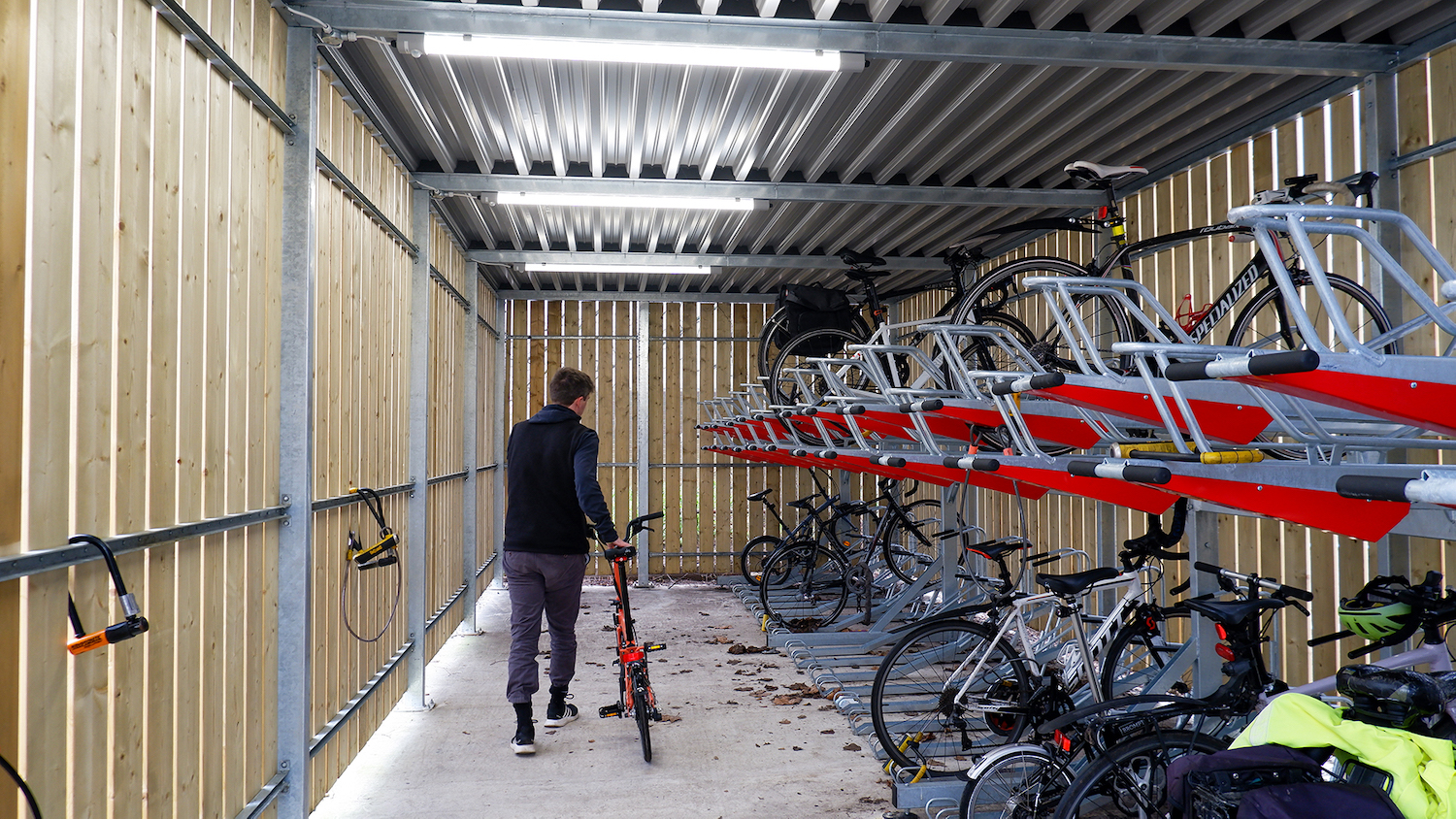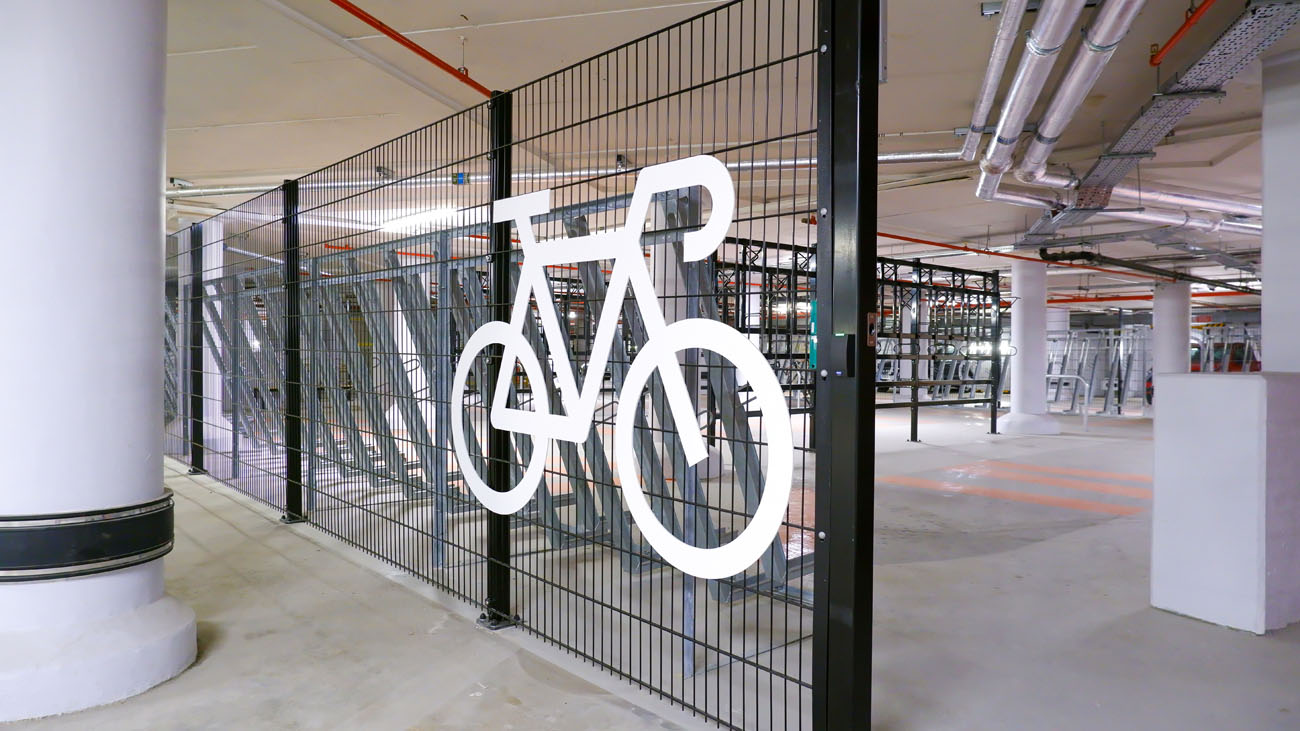Adam Tranter knows a thing or two about cycling in the UK. As well as being Coventry’s Bicycle Mayor, Adam heads up cycling-focused communications agency Fusion Media and co-hosts the Streets Ahead podcast.
Who better to ask, then, about furthering active travel?
Following the increase in people cycling in the UK during the height of the Covid pandemic, the government boosted its active travel investment to create a ‘new era’ for walking and cycling.
So what’s preventing more people from cycling? And where does cycle parking fit in this equation?
We put these questions to Adam to find out more.
“Cycling is a highly effective, highly cost-effective way of getting about”
There is currently a very real ambition in the UK to encourage more people to cycle, as evidenced by the government’s active travel fund. But what challenges are we facing when it comes to widening cycling participation?
“We have a cycling culture in this country where we feel that cycling is a sport, or just recreation. Traditionally it isn’t taken as seriously from a transport point of view,” Adam explains.
Compared to the Netherlands, cycling in UK towns and cities is still somewhat associated with ‘cyclist’ culture.
That usually means lycra, a racing bike, and a level of associated risk. In Amsterdam, The Hague, or Utrecht, it’s normal to wear casual clothes, ride an upright bike, and not wear the ‘cyclist’ label so obviously.
“However, I think Covid has changed that. During the pandemic we saw that people are really able to travel in their masses by bike,” Adam says.
“The usual excuses got left behind when we saw the quantity of people that were cycling or had the potential to. Thousands of bikes are lying unused in sheds, so people are ready and able to do it. Things are changing.”
Making Cycling For Everyone
In London, Sadiq Khan has boasted of unprecedented growth in safe cycling routes. Segregated lanes such as the popular embankment route have demonstrated the potential for getting more people on bikes.
“Visiting London now with high quality infrastructure is amazing. Normal bikes, normal clothes – it’s becoming more of a utility and that’s great.
“Ultimately, people should wear what they want, whether that is lycra or whether that is jeans and t-shirt. It’s about keeping people safe,” Adam says.
That shift towards making cycling for everyone, rather than just the willing, is vital.
“As you build better infrastructure it becomes less about only the fit and the brave doing it, and becomes about how people benefit from journeys by bike. Cycling is a highly effective, highly cost-effective way of getting about,” he says.
“I think we’re on a good path to having a more mature discussion about cycling for transport,” Adam says. “As that starts to happen, cycling should command the same respect as other transport modes.”
“Cycle parking is genuinely a really important part of the puzzle”
So what can cycle parking do to help encourage cycling?
“Cycle parking is genuinely a really important part of the puzzle,” Adam says.
Giving people secure places to park and store bicycles is essential for helping complete shorter journeys by bike. But aware of the existing focus on public parking for city centres, Adam suggests that while important, attention is needed elsewhere.
“The thing that’s really getting to me, and the major thing that needs unlocking, is residential cycle parking,” Adam says.
Using his own city of Coventry as an example, Adam says the people who stand to really benefit from cycling – those in low car-ownership, high pollution urban areas – have little to no provision for bicycle storage.
“If we can have car parking, then why not secure cycle parking?” Adam says.
Meeting Demand For Non-Standard Cycles
Furthermore, Adam now owns a cargo bike. And he’s part of a rapidly growing number, too.
“Here is one of the challenges. Having cycle parking that meets the needs of more versatile cycles is really important,” Adam says.
Cargo bikes, adapted cycles, and tricycles all need dedicated parking bays if we’re to include more people cycling. And as Isabelle Clement told us, these spaces need to be clearer designated and reserved.
These cycles can’t simply be chained to railings or lampposts. In the case of cargo bikes they’re too valuable, but more importantly for disabled cyclists, if the bay is occupied, they simply won’t be able to park.
Cycle parking, then, is important for unlocking more active travel within dense urban areas, and also holds the key for non-standard cycles.
“In many respects, installing cycle parking is easier and less controversial for councils than low-traffic neighbourhoods or cycle lanes.
“But cycle parking alone isn’t enough to instill a cycling revolution. We absolutely need it, but we need infrastructure too, so people are able to cycle safely,” Adam says.
With thanks to Adam Tranter for contributing to this article.





